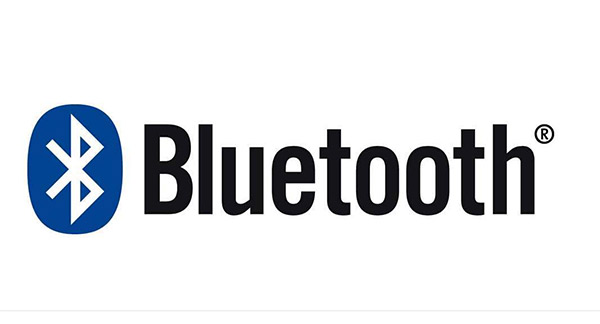Voluntary V/Mandatory M
Safety
EMC
Wireless
Efficiency
Factory Audit
V
N
✓
N
N
N
In short, if your product has a Bluetooth function and appearance of the product marked with the Bluetooth logo must pass a certification is called the BQB (Bluetooth Qualification Body) is. Bluetooth qualification is any product using Bluetooth wireless technology must pass certification procedures. The Bluetooth wireless technology defined in the Bluetooth system specification allows short-range wireless data connections between devices.

Bluetooth is a short-range wireless communications technology, is the world-famous five large companies - Ericsson, Nokia, Toshiba, IBM and Intel Corporation, in May 1998 announced a joint An open wireless communication specification. It is based on a low-cost short-range wireless connection to establish a special connection short-range radio technology for the communication environment of fixed and mobile devices. Its essence is to establish a universal radio air interface to further integrate computers and communications, so that portable devices produced by different manufacturers can have a technology that can interoperate within a short range without wires or cables connected to each other.
Why we need BQB certification
All products with Bluetooth function must pass the BQB certification, otherwise the product will be regarded as infringement by the Bluetooth Special Interest Group(short for SIG). Among them, BQB certification for Bluetooth products is one of the basic certification projects for Bluetooth products, and is currently managed by SIG.
Cost: There are two opportunities to buy DID at 2500 USD/DID within 18 months, and it must be used within 18 months. If there is no use, the difference needs to be filled in. After 18 months, the cost returned to normal.
The second type: free membership (non-annual membership):
8000 USD/DID, unlimited times.
The third type: annual membership fee:
Applicant companies with annual sales of less than 100 million US dollars: annual fee: 7500 USD/year; 4000 USD/DID, unlimited times.
Applicant companies with annual sales of more than 100 million U.S. dollars: annual fee: 35,000 USD/year; 4,000 USD/DID, unlimited times.
Note: (a) The annual fee needs to be renewed every year; (b) After the listing is completed, it will be valid for a long time;
(2) The test fee and certificate fee are determined according to the specific project of the laboratory. For the detailed fee, please contact us.
2. How long is the Bluetooth BQB certification period?
Generally speaking, it takes 3-4 weeks to complete the BQB certification
3. What information do I need to apply for BQB certification?
(1) Application Form for Bluetooth certification (basic information of the product);
(2) ICS/PIXIT (used to confirm the scope of the test);
(3) Letter/NDA (Non-disclosure Agreement)_QDL(only be used when authorization);
(4) DoC/SDoC (manufacturer declaration) _listing will provide documents for signature;
(5) Technical documents
Notes: It is necessary to register as a member of SIG official website in advance and purchase DID.
Bluetooth BQB certification content
(1) Radio frequency (RF) conformance testing;
(2) Protocol conformance test;
(3) Profile compatibility test;
(4) Declaration of conformity;
(5) Relevant technical documentation review.
Bluetooth BQB certification program
(1) Members start the project online;
(2) The member obtains the Bluetooth design ID;
(3) Members select product features (PICS);
(4) The members complete the test plan;
(5) Members complete the product;
(6) Members test products;
(7) The members complete the test report;
(8) Members submit test reports to SIG;
(9) Members publish products online (QDL and EPL);
(10) Members mark products with ID numbers;
(11) Members sign DoChe SDoC;
(12) Members pay the numbering fee;
BQB certification application process